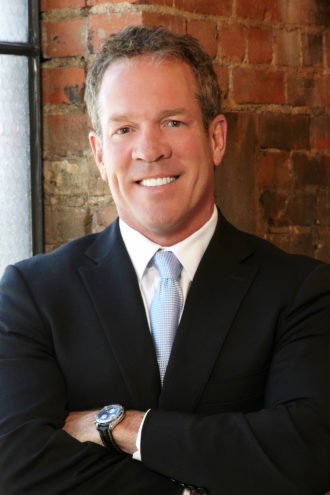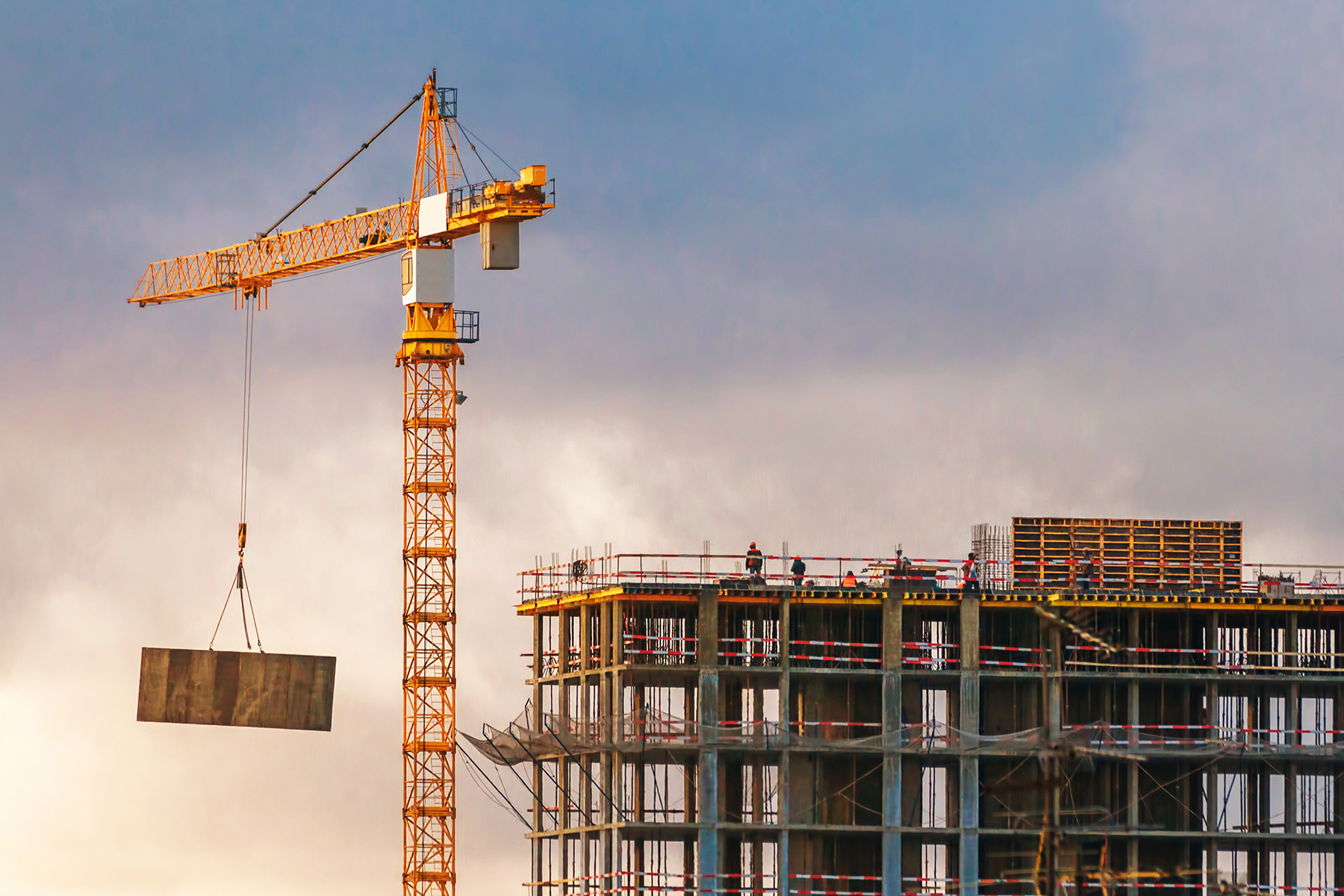I recently read an article called “One Woman’s View of a Career in Construction” by Sara Casado, environment, health and safety director at Skanska USA and, notably, a millennial. Her optimism about the future of women in our industry comes at a particularly important time.

From skilled labor shortages to projected retirements, the confluence of many issues has created greater opportunity than ever for women to chart their own career paths in commercial construction. Still, there are key issues and challenges facing our industry, among them, these five:
1. Perception
The misconception that all construction jobs are “dirty jobs” still prevails. According to the Q1 2019 Commercial Construction Index from USG Corporation and the U.S. Chamber of Commerce, 61 percent of those in the industry maintain this perception.
Of course, traditionally, field positions in construction have been filled by carpenters, masons, plumbers, and electricians wearing tool belts. These jobs offered routes to greater responsibility and promotions as projects became more complex and demanding. Project superintendents were dominated by men. But the evolving use of technologies in the field from AI to drones to iPads opens the door to technology-savvy superintendents, both male and female. Much has changed in the past two decades.
Changing perception and promoting opportunity are two key roles that national women’s organizations are playing today to underscore the value of gender diversity and inclusivity. Women Construction Owners and Executives (WCOE) exists to create opportunities for, influence legislation about and support women-owned construction companies.
Women in Construction Operations (WiOPS) is dedicated to the success and advancement of women within the industry, creating a community for one another with chapters across the country.
The National Association of Women in Construction (NAWIC) celebrates National Women in Construction Week every March to focus on raising awareness of the impact of women in construction and the job opportunities available to them.
All of these organizations are growing in size and scope, providing much needed peer-to-peer networking and visibility to dispel perceptions that only men can build and lead construction companies.
2. Pay equity
On average, according to the Bureau of Labor Statistics, women in the U.S. earn 81.1 percent of what men earn. Yet the gender pay gap in the construction industry is much narrower. On average, women earn 95.7 percent of what men make, which may come as a surprise to those outside our industry.
Why are we closer than any other industry in achieving almost 100 percent equity in pay for women and men?
Some might say that sheer labor shortages in our industry are driving pay parity. Others might say it’s because millennials do not see themselves as being limited by anything and will go out of their way to prove that they can do anyone’s job – in the field or the corporate office.
Some might point to social media as the great leveler where prospective job applicants can compare notes about job offers and recruitment prospects by researching companies and gleaning insights from their peers on websites such as glassdoor.com or LinkedIn.com, which provides salary insights based on specific data analytics.
3. Cultural fit
Of all the issues involved in identifying and hiring talent in our industry, assessing personality traits that match company culture may be one of the most important. Internships and apprenticeships give prospective job applicants the opportunity to understand what that individual is best suited for in our industry and where those skills and interests lie. Internships enable us to show the varied and challenging career options available which ultimately ensures greater employee satisfaction, growth, and retention.
Our culture index assessment at MYCON delivers a 91 percent accuracy in matching personality traits that fit our culture and best suit the job. That’s good news for new hires and great news for our team leaders who are responsible for helping to chart career paths that are meaningful and impactful.
What does this mean for women? As I’ve grown and as times have changed, I believe that we need to provide greater opportunities for everyone to succeed. In our industry, there should be no dead ends in terms of career paths for women—in the field or home office. All available paths should be there for the taking as long as the education, experience, and personality fit the job, and that means the boardroom, too.
4. Female mentors
No doubt, we have a long way to go to bring more women into the construction industry. Women now comprise just 9.1 percent of the construction industry or approximately 939,000 jobs in an industry that, as a whole, employs more than 10 million, according to the Bureau of Labor Statistics.
Women are well represented on our management team in accounting, business development, estimating, marketing, and operations. We are seeking to bring more women on board as senior project engineers and have recently hired a woman whose expertise is in highway construction. We are excited about these new hires because they will have an opportunity to serve both as a role models and mentors to women in the field.
Admittedly, we need a greater presence in the field, on the job site and in every market sector, from commercial office to medical office projects, in industrial and warehouse projects, and retail to worship facilities. Women should have the same opportunities as men, and scaling at the top of the organizational chart is already happening with the greatest barrier still at the field supervision level with highly, physically-demanding jobs.
Still, we are seeing women on job sites more often now, and they are respected by their teams and equally efficient and productive. Over the last decade, we have seen an increase among our sub-contractors in employing and promoting women in the field.
In terms of leaders in our industry, North Texas has an abundance of successful, highly respected women in commercial construction, design, and development, including Lucy Billingsley, Michele Wheeler, and Betsy del Monte, FAIA. All of these leaders have exerted influence, ability and achievement, and serve as outstanding role models.
5. Transitioning
According to The National Center for Construction Education and Research, 41 percent of today’s construction workforce, including those in management, will retire by 2031—that’s 12 short years away. Planning for this generational transition is already underway at many firms in order to ensure operational success going forward and to retain valuable institutional knowledge. Bringing more women up the ranks and across all disciplines will help.
The talent is both within and outside our companies. Young women with degrees, fresh out of school, become job candidates we can support through our training programs. Experienced women with technical and field supervisory skills become future senior project superintendents with substantial responsibilities for complex building projects.
The numbers tell the story and present a compelling case for more women in leadership, in the field, and in firm operations to achieve long-term success. With leadership conversations about the aging of our industry, labor shortages, and a growing population to serve in all market sectors, seeking greater diversity and inclusivity in terms of gender and ethnicity should help to ensure a profitable, innovative and well-prepared future.
Charles Myers is president and CEO of MYCON General Contractors.





